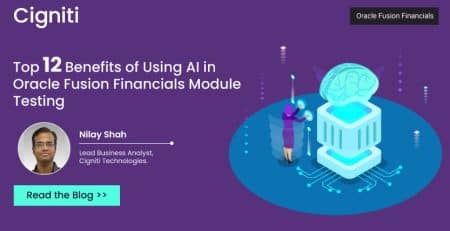Top 10 Use Cases for Generative AI Within the Banking and Payment Industry
ChatGPT was synonymous with Generative AI some time back, prompting me to explore its impact on the payments industry in a previous blog. However, it’s crucial to acknowledge that Generative AI is the encompassing circle in the Venn diagram, with ChatGPT being one of the circles nested within it. Today, let’s delve into the broader perspective of how Generative AI is poised to revolutionize the payments landscape.
Generative AI, widely known as artificial intelligence capable of creating new content based on learned patterns, is akin to the human creative process. Just as everyone possesses a unique thought process, Generative AI generates diverse outputs even with identical input data. Furthermore, the results may exhibit slight variations even when confronted with the same input query, evolving over time.
Now, let’s explore the potential use cases for Generative AI within the banking and payment industry:
1. Fraud Detection and Prevention
With the advent of new mechanisms of fraud, which go hand in hand with the advancement of payment technologies, ways to detect and prevent fraud need to be invented. So generative ways of identifying and preventing fraud are a must to adapt to the evolving fraud patterns. Analyzing transaction data, identifying fraud patterns, and enhancing models to detect and prevent fraud are where the payment industry and banking industry will invest, which will help them stay ahead of emerging fraud threats.
2. Application processing
Classifying documents, processing applications, verifying accounts, and finally, opening accounts are other areas where generative AI is used. Models can be trained to do the repetitive and same back-office tasks. Still, generative AI is needed to understand and process the unstructured data in documents with varied formats. Document classification and extraction of relevant information from different financial documents is where generative AI is needed.
3. Credit Scoring and Risk Assessment
Generative AI contributes to more accurate credit scoring by analyzing many non-traditional and unstructured data sources. It can help mitigate biases and help simulate economic scenarios to check the impact of changing conditions on a credit portfolio.
4. Personalized marketing and promotions
Person-specific marketing and offers based on a person’s changing preferences and behavior are feasible due to AI’s generative, learning, and enhancing capabilities. Generative AI is specifically needed to dynamically generate content based on changing trends, market conditions, geographical conditions, customer interactions, and feedback.
5. Dynamic Pricing and Product Innovation
Financial Institutions can use generative AI to analyze market conditions to determine pricing strategies to remain competitive and innovative in their product offerings at the best price.
6. Quantitative Finance and Algorithmic Trading
Another area of generative AI’s contribution is analyzing market data to predict and optimize trading algorithms to make efficient and appropriate trading decisions.
7. Anti-Money Laundering and Know Your Customer
Analyzing customer data, detecting suspicious activity, and updating models based on the changes in regulatory standards help financial institutions meet compliance needs and reduce the risk of financial crimes.
8. Credit Scoring for Merchants
Assessing the worthiness of merchants based on business performance helps Payment Service Providers decide which merchants to onboard.
9. Portfolio Optimization
Generative AI can help banks to analyze market trends and optimize investment portfolios. These models can determine potential risks and opportunities, enabling banks to make data-driven investment strategy decisions.
10. Workflow Optimization
Generative AI can identify opportunities to streamline internal processes, improving banks’ operational efficiency and contributing to dynamic workflow optimization.
There are more areas where Generative AI will be helping financial institutions, banks, and customers. Generative AI introduces complexities related to model interpretability, explainability, and ethical considerations, which must be addressed.
Conclusion
The responsible implementation of ongoing monitoring and adaptability of generative AI models are essential for the security of banking operations and maintaining individuals’ data privacy.
Integrating generative AI into existing workflows requires a thoughtful approach to ensure seamless integration with existing systems and meet compliance and regulatory needs.
Like all other companies, Cigniti Technologies has its product on generative AI, which addresses different use cases. The model can also generate the required code for software application implementation.
Need help? Contact our AI and banking experts to learn more about the top use cases for Generative AI within the banking and payment industries.





Leave a Reply